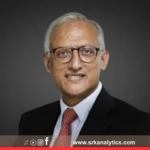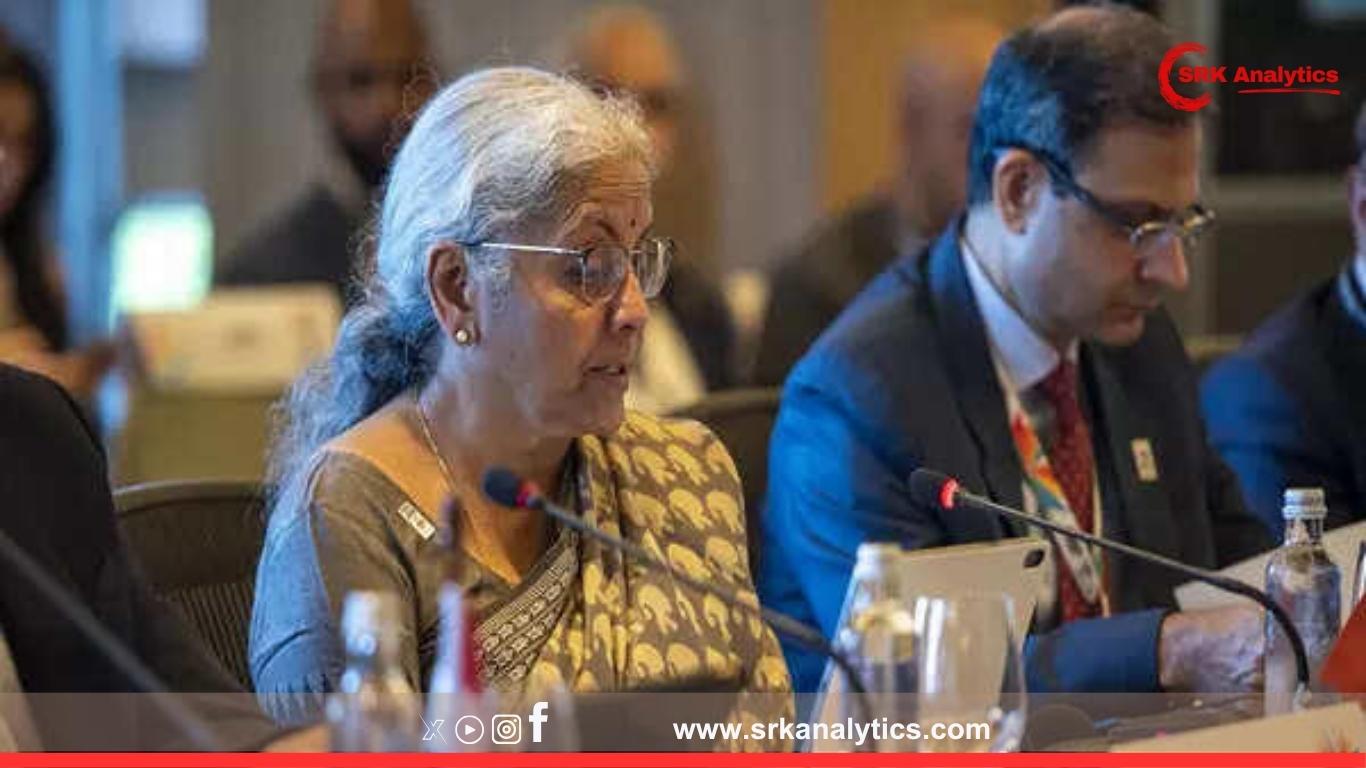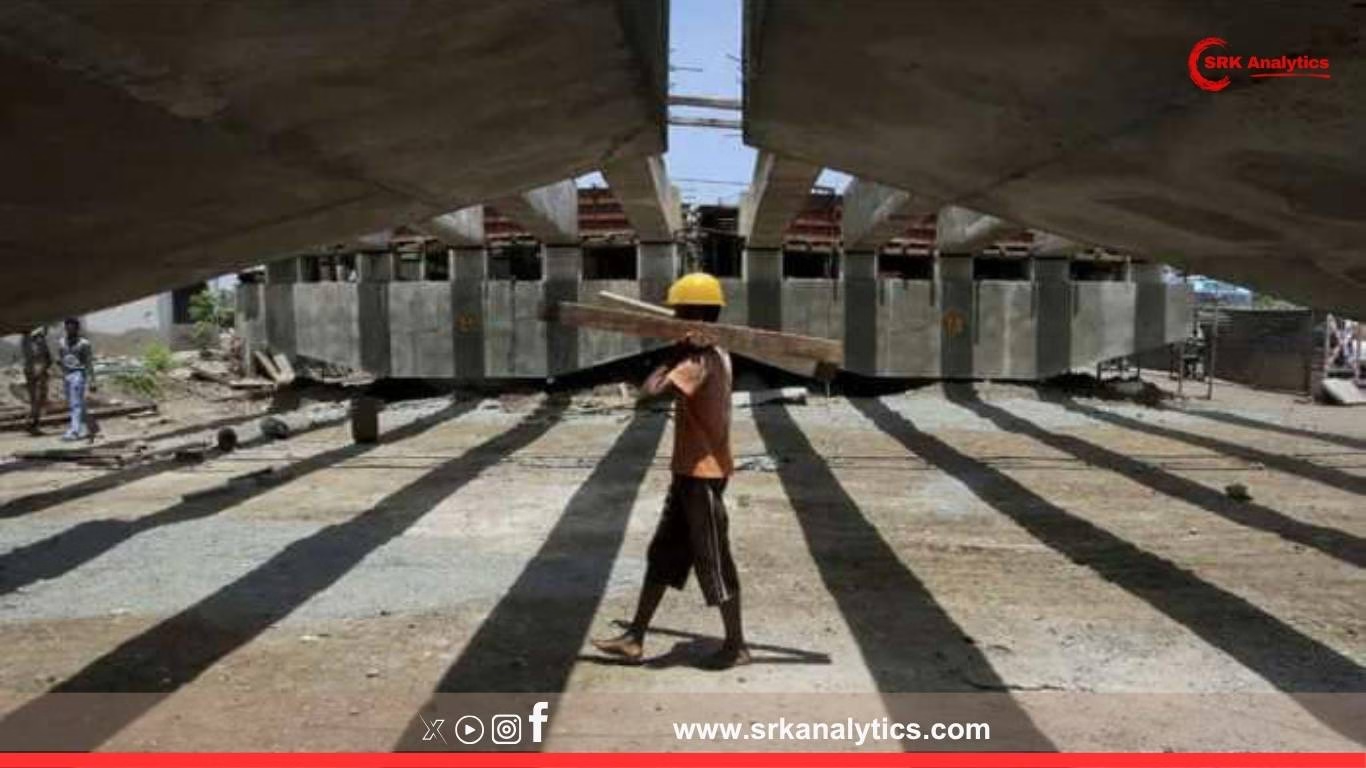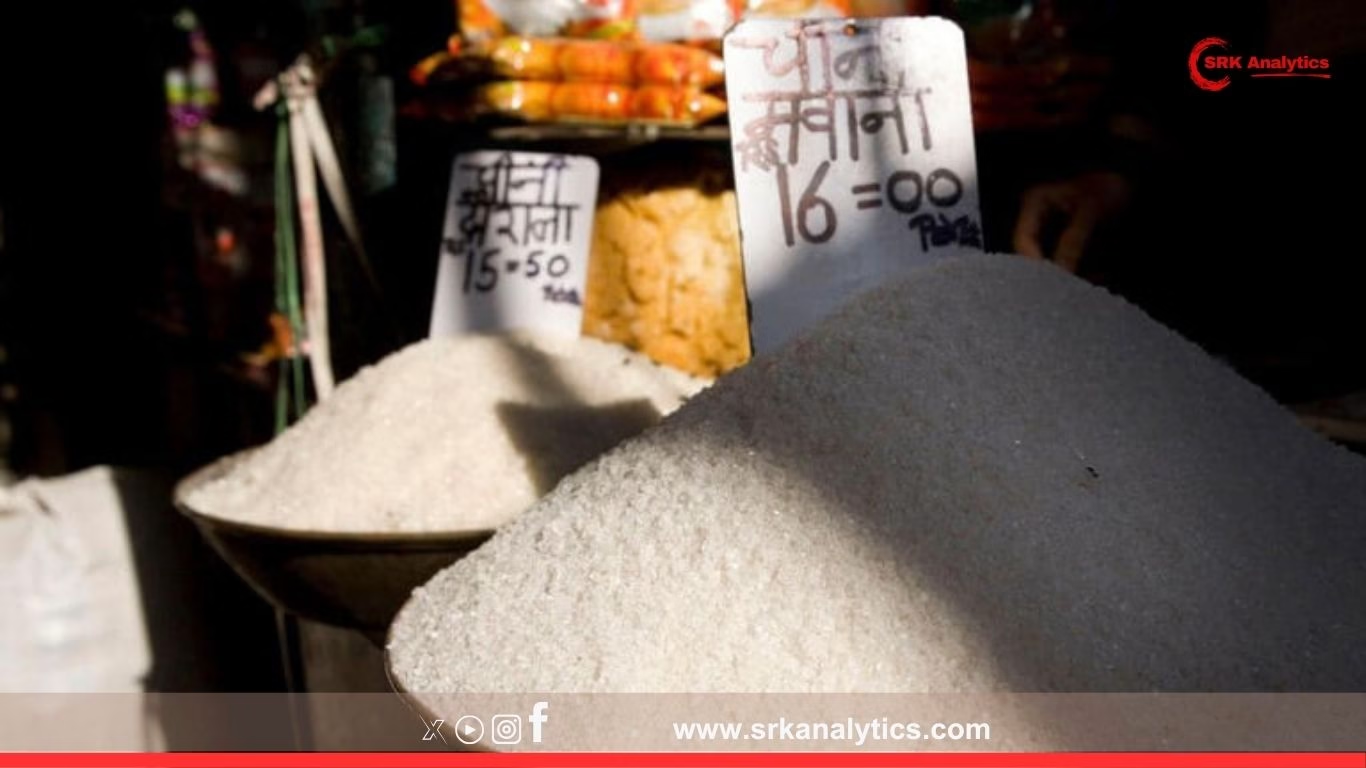Finance Minister Nirmala Sitharaman has reiterated India’s strong economic fundamentals and its emerging role as a pillar of stability in an uncertain global economic landscape. Addressing the BRICS Finance Ministers’ meeting held alongside the Rio de Janeiro BRICS Summit 2025, Sitharaman outlined how India’s policy choices, domestic demand, and calibrated reforms are propelling growth despite global headwinds.
India’s economic resilience amid global slowdown
Sitharaman emphasised that while global growth is projected to slow to below 3% in 2025, India continues to post robust GDP expansion exceeding 7%. She attributed this to:
- Structural reforms like Goods and Services Tax (GST), Insolvency and Bankruptcy Code (IBC), and Production Linked Incentive (PLI) schemes
- A sustained focus on infrastructure development, digital public goods, and financial inclusion
- Strong macroeconomic management with fiscal prudence and inflation control
Key excerpts from Sitharaman’s BRICS address
- On India’s macro fundamentals:
“India remains a bright spot with a stable rupee, moderate inflation within the 4-6% target band, and fiscal deficit consolidation on track. Our external sector remains robust with strong forex reserves.” - On BRICS cooperation:
“BRICS must emerge as a collective voice of the Global South, strengthening multilateral institutions, ensuring equitable growth, and addressing debt vulnerabilities in low-income countries.” - On India’s inclusive growth strategy:
“Through targeted welfare schemes, rural development programmes, and investment in human capital, India has ensured growth with inclusivity.”
India’s growth outlook versus BRICS economies
| Country | Estimated 2025 GDP Growth (%) | Key Drivers |
|---|---|---|
| India | 7.1 | Domestic demand, infrastructure push, digital economy |
| China | 4.5 | Manufacturing, exports, real estate stabilisation |
| Brazil | 2.3 | Commodity exports, agriculture |
| Russia | 1.5 | Energy exports, limited fiscal space |
| South Africa | 1.4 | Mining, electricity sector recovery |
Sitharaman calls for reforming global financial architecture
In line with India’s longstanding stance, Sitharaman stressed:
- Reform of Multilateral Development Banks (MDBs) to make financing more accessible for emerging economies
- Expansion of Special Drawing Rights (SDR) allocations to strengthen financial safety nets
- Strengthening South-South cooperation frameworks, enabling technology, knowledge, and capital transfer among developing countries
Focus on green growth and sustainable finance
Highlighting India’s climate commitments, Sitharaman said:
“India is undertaking the world’s largest renewable energy expansion with 500 GW non-fossil capacity target by 2030, while promoting green hydrogen, electric mobility, and sustainable finance taxonomy frameworks.”
She urged BRICS nations to prioritise climate finance mobilisation to ensure a just and equitable energy transition.
BRICS finance ministers discuss key agenda items
During the meeting, the finance ministers deliberated on:
- Strengthening the New Development Bank (NDB) to fund infrastructure and sustainable projects in member states
- Enhancing cross-border payments interoperability, leveraging digital public infrastructure models such as India’s UPI
- Boosting intra-BRICS trade and investment flows, especially in energy, technology, and pharmaceuticals
- Coordinating on taxation policies to address base erosion and profit shifting (BEPS) challenges in the digital economy
Industry perspective on India’s resilience
Economists and business leaders hailed Sitharaman’s emphasis on macro stability:
- Motilal Oswal Research noted that India’s consistent capital expenditure, particularly in roads, railways, and energy, is sustaining job creation and growth.
- CII and FICCI leaders lauded the focus on inclusive growth, skill development, and digitalisation, which are improving India’s productivity and global competitiveness.
Recent milestones strengthening India’s economic credentials
| Recent development | Impact |
|---|---|
| FDI inflow crosses $600 billion (cumulative) | Reinforces India as a stable investment destination |
| Manufacturing PMI stays above 55 for 20 straight months | Indicates resilient factory output growth |
| Services exports surpass $400 billion in FY25 | Supports current account stability |
| Direct tax collections grow 17% YoY in Q1 FY26 | Reflects buoyant income and compliance |
Challenges flagged by Sitharaman
While underlining India’s resilience, Sitharaman cautioned:
- Geopolitical risks: Conflicts in Europe and West Asia continue to disrupt energy and food supply chains.
- Global financial tightening: Persisting high interest rates in advanced economies could trigger capital outflows from emerging markets.
- Climate risks: Extreme weather events threaten food security, inflation, and livelihoods, especially in the Global South.
The road ahead: India’s expectations from BRICS
Sitharaman called upon BRICS to:
- Enhance development finance cooperation through the NDB and national institutions
- Collaborate on digital public infrastructure, data governance, and cybersecurity frameworks
- Drive inclusive global tax reform discussions, ensuring equitable revenue sharing from digital giants
- Promote resilient supply chains across critical sectors, reducing overdependence on any single region
Conclusion
Finance Minister Nirmala Sitharaman’s remarks at the BRICS Summit reaffirmed India’s position as a beacon of economic stability and growth in an uncertain world. With robust domestic fundamentals, targeted policy interventions, and a proactive global engagement strategy, India is poised to continue its ascent as a leading economic power while championing the voice of the Global South in international forums.
Disclaimer: This article is for informational purposes only. It summarises recent policy speeches and multilateral discussions based on public briefings. Readers are advised to consult official government releases, financial institutions’ updates, and BRICS Summit documents for precise details before forming investment, research, or strategic decisions.











